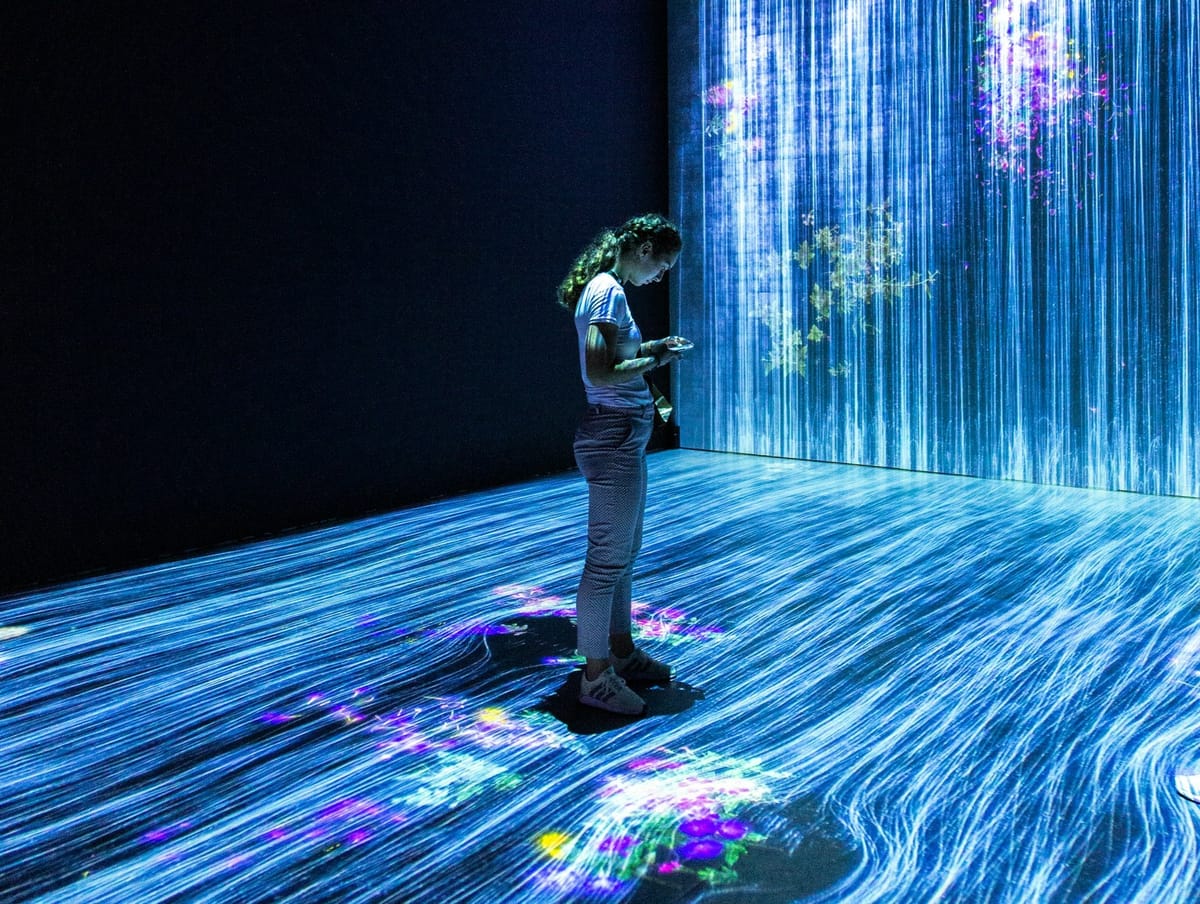WHAT IS: Deep Learning

Not long ago, artificial intelligence (AI) felt like science fiction—machines recognizing faces, understanding speech, and even driving cars. Today, AI does all that and even more, thanks to deep learning.
Deep learning powers everything from Netflix recommendations to self-driving cars. It allows AI to learn patterns, make decisions, and even generate human-like text. But how did we get here? The answer lies in decades of research, faster computers, and massive amounts of data.
What is Deep Learning?
Deep learning is a subset of machine learning that uses artificial neural networks—mathematical models inspired by the human brain. Unlike traditional machine learning, which relies on engineers to define specific rules, deep learning models learn patterns on their own by analyzing vast amounts of data.
This ability to self-learn and improve makes deep learning the backbone of modern AI, enabling breakthroughs in image recognition, language processing, and decision-making.
From Simple Rules to Self-Learning AI
Early AI relied on strict rules—if this, then that. This worked for basic tasks but fell apart with anything complex. Teaching a machine to recognize a cat meant manually programming thousands of rules about fur, whiskers, and ears. It was tedious and unreliable.
Machine Learning changed that by allowing computers to learn from data rather than follow pre-written rules. Instead of defining what a cat looks like, programmers fed machines thousands of cat images, and the system figured it out. However, traditional machine learning still required humans to decide what features were important.
Deep learning changed everything. Inspired by the way human brains process information, deep learning uses neural networks to analyze vast amounts of data, automatically learning patterns without human intervention. The more data the model processes, the better it becomes.
For years, deep learning remained impractical due to hardware limitations. Then, three key breakthroughs made it possible. First, the internet provided endless training data—millions of images, videos, and text samples. Second, Graphics Processing Units (GPUs) made deep learning models train much faster. Finally, researchers refined neural network algorithms, making them more efficient and powerful.
With these advances, AI could suddenly do things that seemed impossible—recognizing speech, generating realistic images, and even driving cars.

How Deep Learning Works
At its core, deep learning relies on artificial neural networks—layers of interconnected nodes that process information step by step.
Imagine showing a deep-learning model a picture of a cat. The first layer detects basic edges and shapes. As data moves deeper into the network, the next layers recognize patterns like fur and whiskers. By the final layer, the model confidently says: “That’s a cat!”
What makes deep learning so powerful is that it figures out these patterns on its own, without needing humans to define every rule.
Types of Deep Learning Models
Not all deep learning models work the same way. Different neural network architectures are used for different tasks:
- Convolutional Neural Networks (CNNs) – Used for image and video recognition, from facial recognition to self-driving cars.
- Recurrent Neural Networks (RNNs) – Designed for sequential data like text and speech, making them ideal for chatbots and language translation.
- Generative Adversarial Networks (GANs) – Known for creating realistic images, deepfake videos, and AI-generated art.
- Autoencoders – Used for data compression and anomaly detection, especially in cybersecurity and fraud detection.
Where Deep Learning is Used
Deep learning is already shaping industries worldwide:
- Image Recognition – From facial recognition to medical diagnostics.
- Speech & Language Processing – Siri, Google Translate, and AI-powered chatbots.
- Predictive Analytics – Forecasting stock markets, weather, and shopping trends.
- Creative AI – AI-generated music, deepfake videos, and digital art.
Why Deep Learning Matters
Deep learning isn’t just another AI tool—it’s a huge leap forward. It can learn automatically, reducing the need for human intervention. It’s also highly accurate, making it ideal for critical applications like healthcare and fraud detection.
Another advantage is scalability. Unlike traditional models that plateau, deep learning keeps improving as it processes more data.
Challenges and Limitations
Despite its power, deep learning has its drawbacks. One major issue is data dependency—models need massive datasets to perform well. Training them is also computationally expensive, requiring powerful hardware like GPUs.
Another challenge is the "black box" problem—deep learning models make accurate predictions, but it’s often unclear why they make certain decisions. This lack of transparency is a concern in fields like healthcare and finance, where explainability is crucial.
What’s Next?
Deep learning has already revolutionized AI, but its potential is far from tapped. Researchers are working on explainable AI, which will make neural networks more transparent and trustworthy. There’s also a push to make deep learning more efficient, reducing its reliance on massive datasets and expensive hardware.
The future of AI is deep learning-driven, and as models become even smarter, they’ll continue transforming industries—from medicine to entertainment to robotics.
So, the next time your phone unlocks by recognizing your face or Netflix recommends the perfect show, you’ll know what’s behind it: deep learning, the brain behind modern AI.